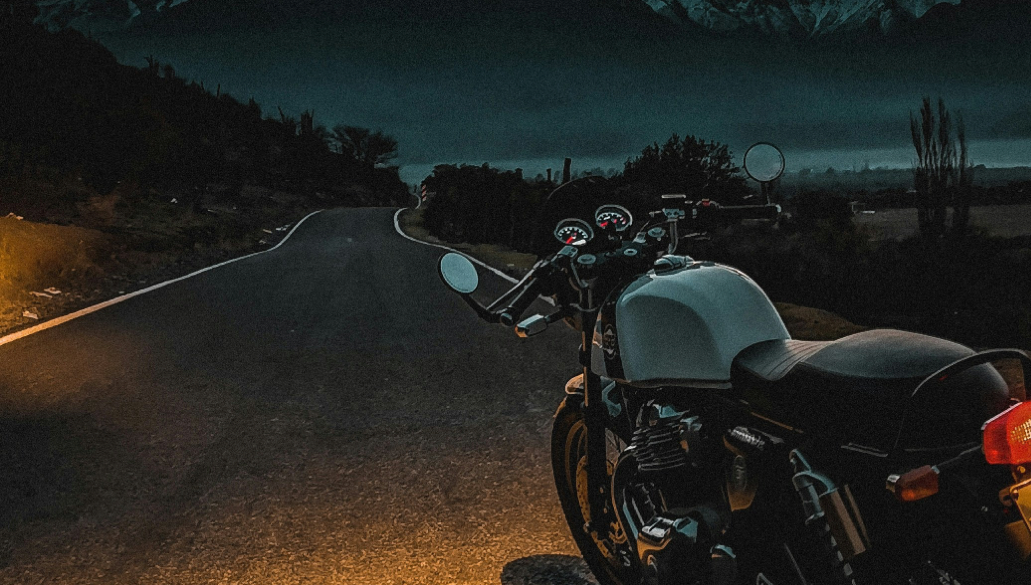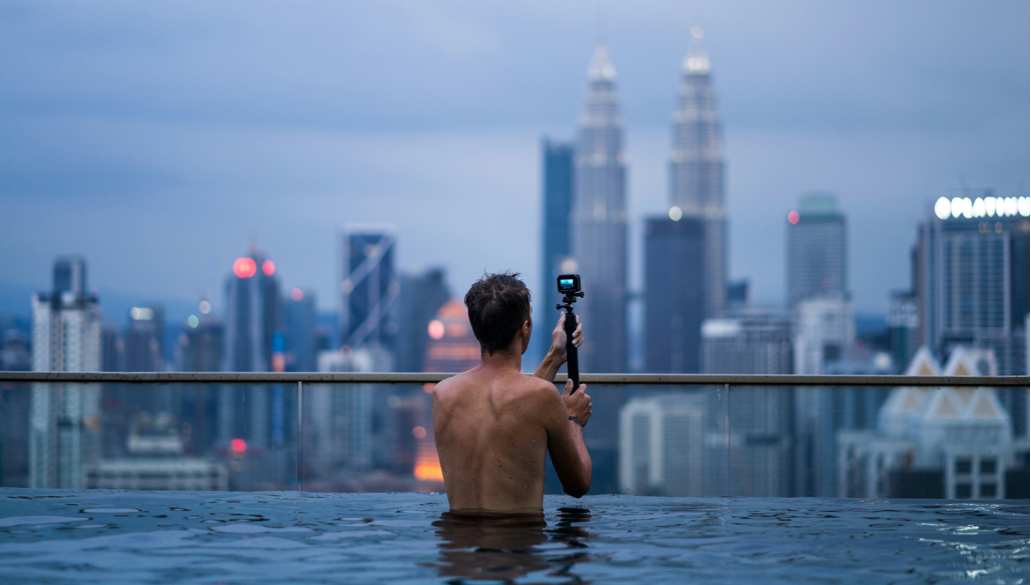Learn to take footage in low-light with your action camera
If you're into action cameras or thinking about getting one, you're probably aware that filming in low light can be tough. But with the right know-how and adjustments, you can still get some great footage.

Low-light settings for mountain biking and road cycling
- ISO: Start with a medium ISO range, around ISO 100 to 1600. You can adjust it higher, but be cautious of increased noise.
- Shutter Speed: Aim for a shutter speed of at least 1/120th of a second or faster to reduce jittering. If the scene is too dark, consider increasing ISO or using external lights.
- Trade-offs: Balancing exposure and motion blur can be tricky. We suggest prioritizing freezing shots with a faster shutter speed, even if it means sacrificing some light. You can also experiment with different ISO values and weigh the trade-offs between noise and motion blur to achieve the best results.
- Mounting options: Consider using chest mount to decrease shakiness. Try to avoid using the handlebar mount, because the handlebar vibrations are too impactful and that situation would require higher shutter speed, which will also result in worst lowlight footage.

Low-light settings for motorcycling
- ISO: Start with a medium ISO range, around ISO 100 to 1600, depending on the available light. You can adjust it higher, but be cautious of increased noise.
- Shutter Speed: Aim for a faster shutter speed of at least 1/60th of a second or faster to freeze the motion of the motorcycle and reduce blur. Adjust ISO or use external lights if the scene is too dark.
- Trade-offs: Capturing the speed and action of motorcycling in low-light can be challenging. Prioritize freezing the motion with a faster shutter speed while adjusting ISO to maintain acceptable brightness without excessive noise.

Low-light settings for diving
- ISO: In underwater environments, where light is limited, consider using higher ISO values, such as ISO 100 to 800. Keep in mind the camera's noise performance and adjust accordingly.
- Shutter Speed: Depending on the speed of the subject or movement in the water, use an auto shutter speed, or experiment with range starting from 1/120th of a second to avoid excessive motion blur. Adjust accordingly based on the specific conditions.
- Trade-offs: Balancing ambient light, artificial light sources, and capturing the motion of marine life or divers can be challenging. Experiment with different ISO and shutter speed combinations to find the right balance between brightness and motion blur reduction.

Low-light settings for vlogging
- ISO: Start with a moderate ISO setting, such as ISO 100 to 1600. Adjust it higher if necessary, considering the action camera's noise performance.
- Shutter Speed: Use a shutter speed of 1/30th to 1/60th of a second to maintain a natural look and reduce motion blur while capturing movement. Adjust ISO or use additional lighting for improved visibility.
- Trade-offs: low-light conditions can lead to increased noise and reduced visibility in vlogs. Balancing exposure while minimizing motion blur requires finding the right combination of ISO, shutter speed, and potentially incorporating external lighting for better results.
Summary
Learning about your camera's abilities and tweaking settings yourself can give you better control and help you adjust to different low-light situations. Trying out different ISO, shutter speed, and lighting options can improve your results when shooting in various conditions.
Keep in mind that not all action cameras will deliver impressive results; generally, the cheaper the camera, the more likely you are to encounter difficulties.
Helpful links:
- Check out the best action cameras for low light
- Check the best accessories for your action camera
- If you want a tool to easily relive your memories after your recordings try Classer